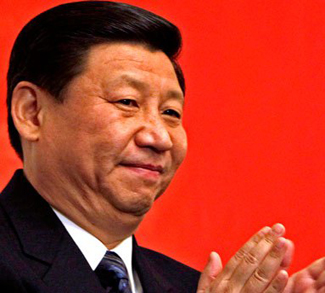Summary
The Trans-Pacific Partnership (TPP) has fallen on hard times. Whether it’s in Australia, Canada, Japan, New Zealand, or the United States – the one that’s supposed to hold the whole thing together – opposition is honing in and trying to scuttle ratification of the agreement.
Nowhere is this more daunting for TPP supporters than in the United States, where both presidential nominees have voiced their opposition to the agreement. And though it may go without saying: if the United States pulls out of the agreement, then the TPP is effectively dead on arrival.
This situation that merits close attention, as the death of the TPP would be a game-changer in global trade and US strategy towards East Asia.
Impact
Following the breakdown of the more inclusive WTO trade talks in 2006, the mantle of free trade has been up for grabs, as governments have struggled to expand their own bilateral and multilateral free trade agreements as a way to promote growth. In East Asia, the breakdown of the WTO process has given way to two distinct visions of regional free trade: the United States’ TPP, and China’s Free Trade Area of the Asia-Pacific (FTAAP), which is still very much in its infancy.
The death of the TPP would effectively end the US push to take a leading role in expanding Asia trade, and by doing so end its hope of setting the rules of the process. It would leave the door open for China to develop its own process, and set its own rules. All questions of immediate economic utility aside, most can agree that scuttling the TPP would seriously hurt US diplomatic credibility in the region, since it was Washington who was pushing hard for the agreement in the first place.




